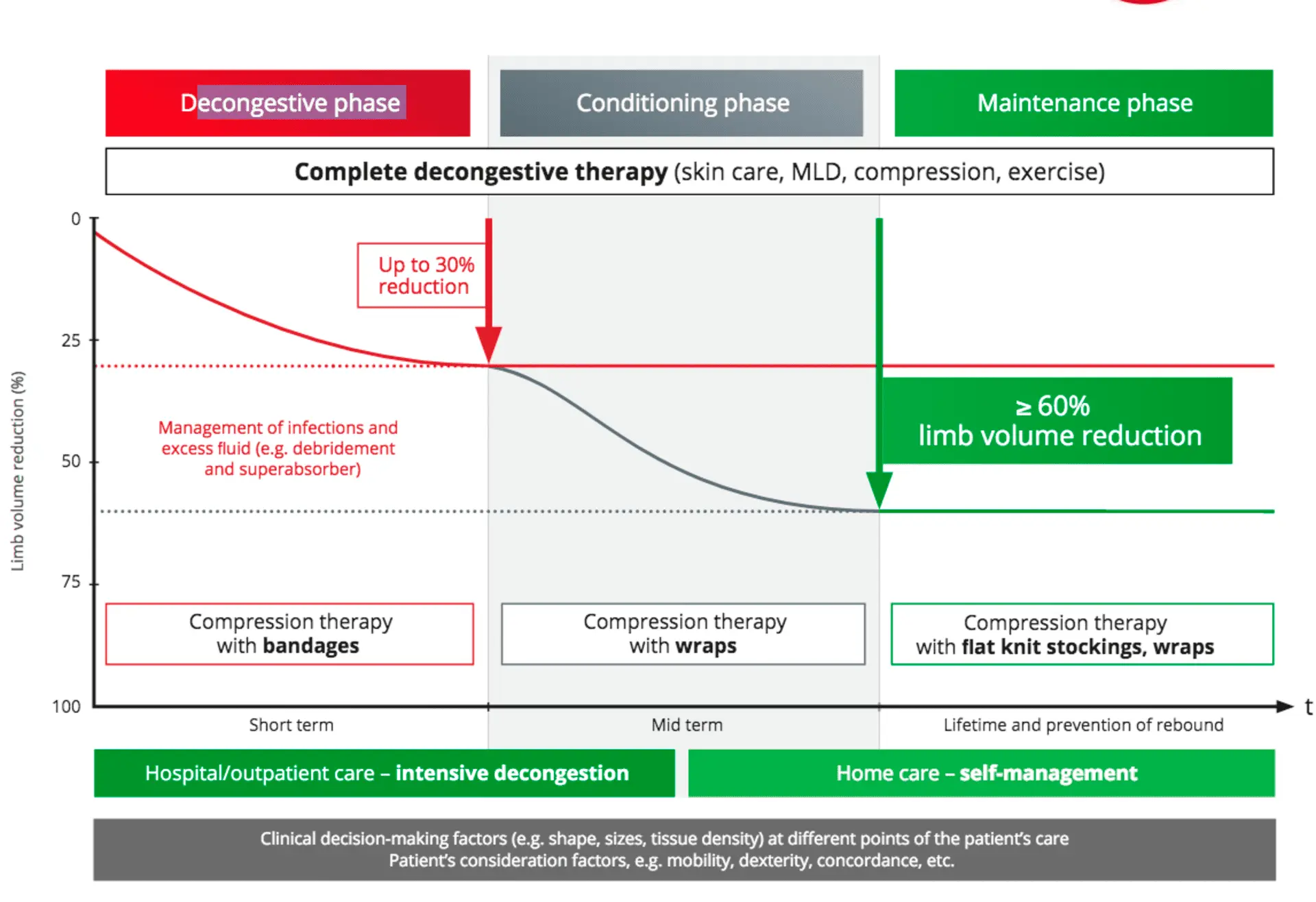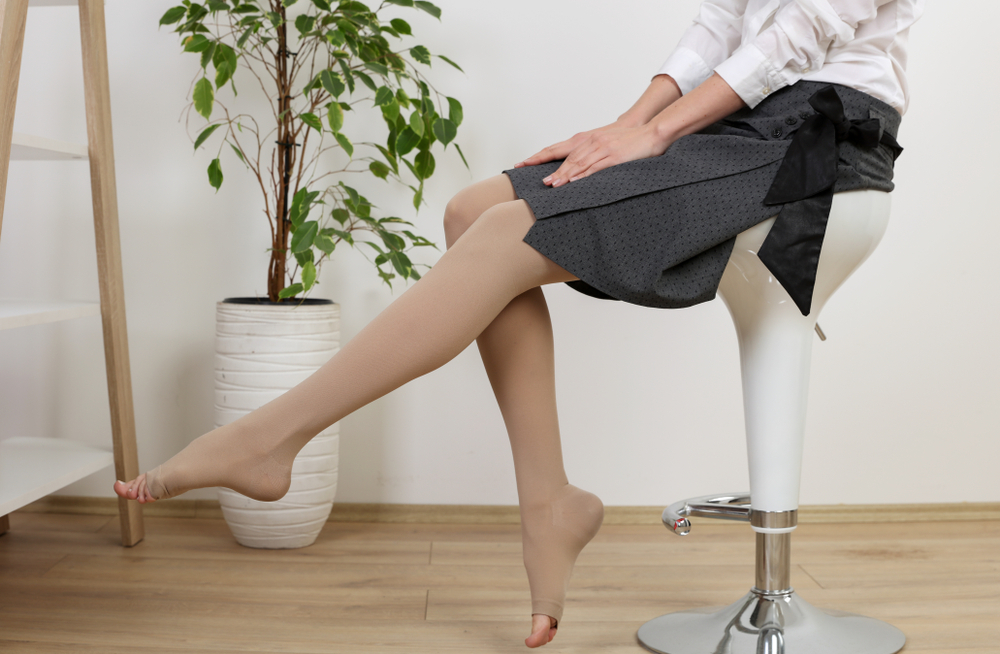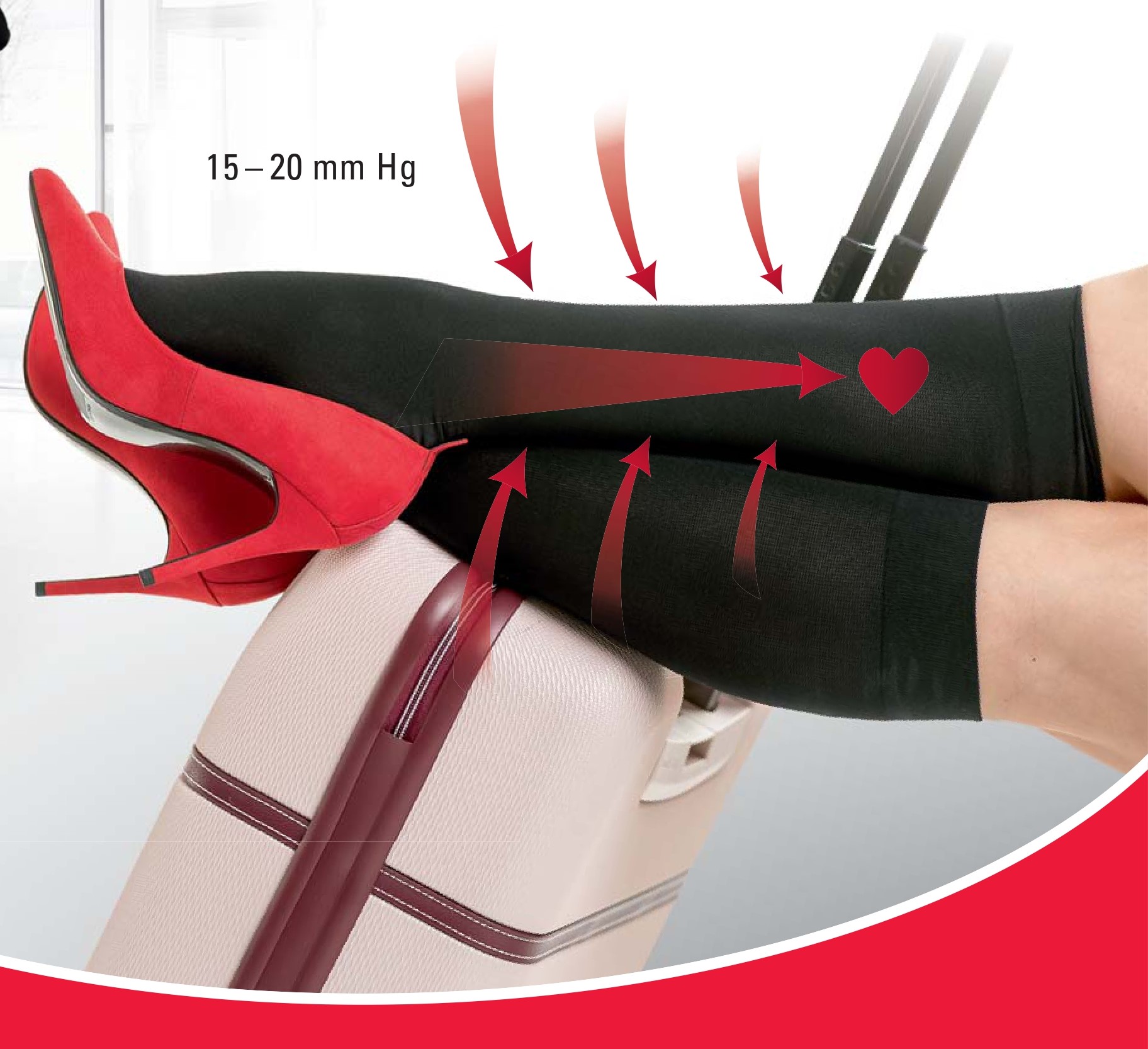

Maternity stockings increase blood flow and reduce pain and swelling in the legs and feet during pregnancy.

Varicose veins stockings use graduated compression pressure to force blood from the legs back to the heart. They are used to treat varicose veins, swollen legs, and leg pain.

Travel stockings use mild compression pressure to relieve problems associated with long or frequent flights.
Compression improves blood circulation and maintains healthy blood flow. Compression therapy not only helps manage venous and lymphatic disorders like varicose veins, deep vein thrombosis and lymphedema, but also reduces pain and heaviness in the legs. For those who don’t have circulatory disorders, compression therapy works to energize legs and prevent future vein problems. Compression therapy is also beneficial before and after pregnancy, for extended periods of immobility due to work or travel, and for running and sports.
Even though these terms are often used interchangeably, they’re not the same. Support stockings have mild graduated compression and serve more as a preventive measure. These can be worn by perfectly healthy adults to maintain leg health and reduce the risk of developing vein-related issues. Medical compression stockings on the other hand, are produced under strict medical and technical specifications to provide precise graduated compression. Often prescribed by medical practitioners, they’re used for the treatment of venous and lymphatic disorders.
To put it simply, greater the compression level or class, tighter the fit and pressure. Stockings with low compression levels do not require a prescription and can be worn by anyone who wants to prevent venous disorders and relieve mild symptoms. Compression stockings with higher levels – 23 mmHg to 46 mmHg are generally prescribed by doctors who determine the right level for your needs.
Wearing compression stockings on a daily basis for best effectiveness requires washing them after each use. Washing helps to restore compression garments to their original shape, extending their life and usefulness. The easiest approach to wash your compression garment gently is to hand wash it in lukewarm water. If you choose to machine wash, be sure to use the gentle/delicate cycle with the garment turned inside out. Use a gentle detergent to prevent fabric deterioration. Avoid using fabric softeners, bleach, or harsh chemicals.
Ball up your compression garment and gently squeeze it to remove any extra water. Don't twist. To keep the fabric's quality, air-dry flat. Do not hang or dry the item directly in the sun or dryer. Don't iron.
You should replace the garment. If you use your compression garment every day, it is advised that you change it every six months. If your stockings have been stretched and are simpler to put on, have tears or holes, or your measurements have altered, they should be changed.
© JSP Healthcare. All Rights Reserved | Powered by KEFITUP